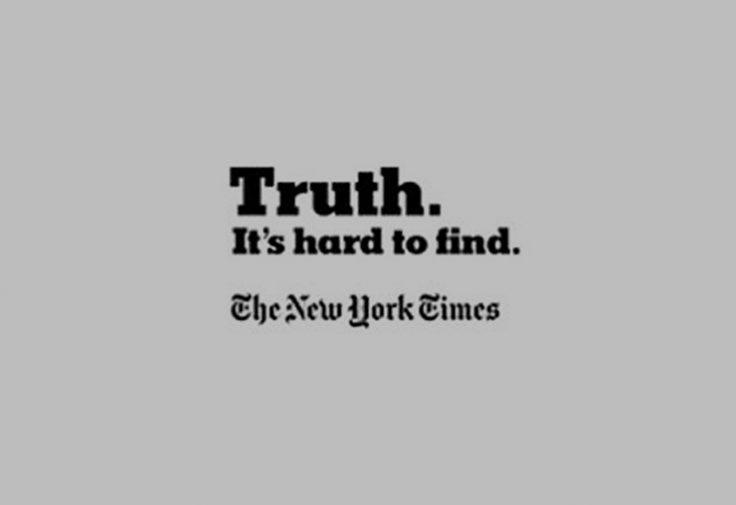The New York Times touts itself as a tireless purveyor of facts. One installment in its latest ad campaign reads: "Truth. It's hard to find." But the Times's recent coverage of the coronavirus pandemic suggests the so-called paper of record is itself struggling to find the truth.
The Times printed a correction on Tuesday to rectify its reporters' mischaracterization of a coronavirus study by the Society of Critical Care Medicine (SCCM). It was the second time in four days the Times had published (and subsequently corrected) the same error.
The SCCM study estimated that as many as 1 million coronavirus patients could require ventilators over the course of the entire pandemic. The New York Times, among others, reported that the United States would need 1 million ventilators to adequately care for coronavirus patients. As it turns out, that's a pretty significant difference.
New York Times campaign reporter Trip Gabriel promoted (407 retweets) his colleagues' inaccurate reporting as evidence that President Donald Trump's approach to the crisis "will doom people to die." At the time, the article stated incorrectly that the SCCM study indicated the United States "could need up to a million machines over the course of the outbreak."
There are at most 200k ventilators in the US. One million are expected to be needed. Experts say the Trump administration approach - let states fend for themselves in the market rather than a central authority step in - will doom people to die. https://t.co/aC9Pwkf7bA
— Trip Gabriel (@tripgabriel) March 26, 2020
Several days later, Gabriel posted an addendum (11 retweets) to "clarify."
To clarify: The study, by the Society of Critical Care Medicine, projected that as many as 1 million people in the U.S. may need treatment with a ventilator over the course of the pandemic, not that the U.S. will need 1 million total ventilators. A cxn was added to the story.
— Trip Gabriel (@tripgabriel) March 28, 2020
Here's the correction printed in the Times that same day.
![]()
Here's the correction the Times published on Tuesday, after an article in Saturday's print edition cited the same inaccurate characterization of the study's findings to criticize Trump's coronavirus response coordinator, Dr. Deborah Birx.
![]()
Sure, everyone makes mistakes. But making the same mistake twice in less than a week and being forced to run identical corrections days after the fact? That's pretty embarrassing for the New York Times, an institution prone to fits of ostentatious self-regard which promotes itself with (award-winning) slogans such as: "Truth. It's more important now than ever." As is so often the case when the media messes up, this particular error is the result of a mischaracterization that just happens to make Donald Trump and the Republican Party look bad.
On the same day the Times published its first story on the SCCM study, the paper also ran an article about major television networks debating whether to stop airing Trump's daily briefings on the coronavirus to prevent the spread of "information that doctors and public health officials have called ill informed, misleading or downright wrong."
Perhaps the media should get their own houses in order and hunt down the elusive truth about why, despite Trump's shortcomings, the American people still see the president as a more reliable source than the national media.
Why indeed.
Media wasn’t exactly on the ball either... pic.twitter.com/P4qkyK1GoK
— Barbara Boland (@BBatdc) March 30, 2020
